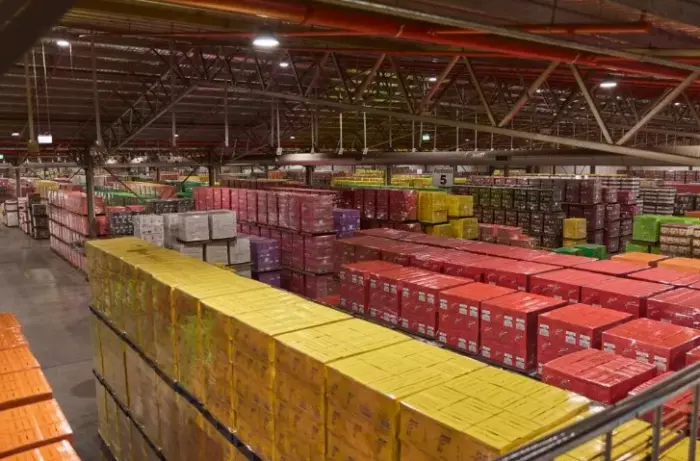Australia’s glut of wine, estimated at an oversupply of more than two billion litres, should have only limited spillover into the New Zealand wine sector, the head of NZ Winegrowers says.
The red wine lake was largely brought on by China slapping anti-dumping tariffs on wine and other products exported by Australia in 2020 and 2021 as a result of frayed relationships between the two governments.
In March 2021, China set duties of between 116%-218% on bottled Australian wine imports and those are set to last until 2026.
Exports to China, which until then had taken 39% of the country’s vintage shiraz and cabernet sauvignons and were valued in 2019 at more than A$1 billion (NZ$1.08b), dried up almost overnight, dropping 97% in value by the end of 2021.
The ripple effect has seen total exports by value fall by a third over the past two years, according to Wine Australia.
Rabobank's third quarter wine report notes that the wine tariff also coincided with a 36% year-on-year increase in the overall wine crush in 2021, coming alongside covid restrictions, logistics issues and inflation.
The upshot is a current oversupply which sits at the rough equivalent of about 859 Olympic-size swimming pools in storage.
Impacts on NZ?
But NZ Winegrowers chief executive Philip Gregan said NZ and Australia have “distinctly different” wine styles, which complement each other through two-way trade, while NZ wines were also not as reliant on China as the Australian market, accounting for less than 1% of exports.
Last year, the US took 34% of NZ wine, with the UK and Australia both at about 22% of $2.4 billion in export receipts. Sauvignon blanc is still this country’s dominant variety, accounting for about 400,000 tonnes of the total vintage of 500,000t this year.
Rabobank research associate Pia Piggott said there could be some impact in realising value for NZ wine into the Australian market.
Piggott said sales of NZ wine into Australia have grown strongly over the last 12 months, but inflation for wine in Australia remains quite low due to the grape surplus.
“We do expect this surplus will make further increases in the value of NZ wine sales into Australia more challenging over the years ahead.”
Distressed assets
Piggott said, for Australian winegrowers, it will take several years to work through even if tariffs are removed this year and China's love affair with Australian reds is rekindled quickly.
She expects to see a reduction in vineyard acreage and “rationalisation” of assets through the supply chain.
There will also be significant margin pressure, she said, particularly for uncontracted vineyards with a high mix of red varieties.
“For wineries, particularly those selling commercial wine, stocks will remain high for some time as businesses slowly work through selling inventory.
"While some brands have increased bulk shipments and been able to heavily discount stock, this will need to continue for some time to rebalance the market.”
She said for retailers and investors with diverse income streams, the current market provides the prospect of buying opportunities as distressed vineyard and winery assets come up for sale.
“We can expect increased consolidation of vineyards and wineries as businesses invest to expand their distribution.”














